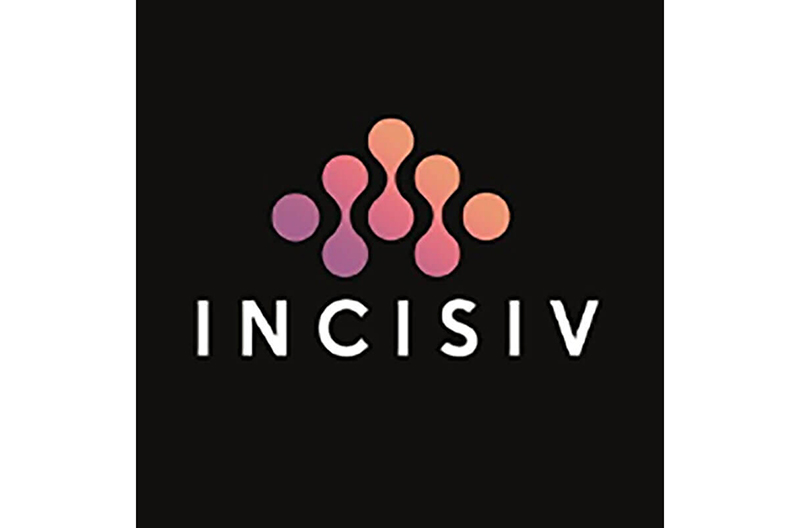While the overall grocery retail segment grew 8 percent in Q2 2020 compared to Q2 2019, Incisiv’s second annual Grocery Digital Maturity Benchmark, sponsored by Mercatus, FlyBuy and ShopperKit, found that the top 25 percent of the most digitally mature retailers grew 19 percent, or 2.4 times the industry average. This year’s rankings also highlighted major improvements in digital capabilities for regional grocers, as well as high achievements for retailers ranked just outside of the top 25 in last year’s inaugural benchmark.
With the increased importance of new fulfillment methods during COVID-19 shutdowns, Tesco outperformed BJ’s Wholesale Club, causing the retailer to jump from its No. 30 ranking in 2019 to No 1 this year. Another retailer recognized for its achievements is Publix, moving from No. 46 in 2019 to the third-most mature retailer in 2020. Brookshire Grocery Co. debuted within the top five this year, further emphasizing the competitive nature of smaller players in the new retail landscape.
In comparing to 2019 Grocery Digital Maturity Benchmark results, Incisiv found the following trends in digital evolution:
- Search and discovery. The biggest gains were made in onsite search and navigation, with 11 percent improvement in the ability to search category-specific options and 13 percent improvement in the ability to view deals in the primary site menu.
- Ease of ordering. The 2020 benchmark showed 37 percent improvement in the ability to reorder from previous order history, and 16 percent improvement in the ability to see promotions while in the shopping cart view.
- Fulfillment. The 2020 benchmark also found a 20 percent gain in grocers offering free delivery with a minimum order value. In addition, the majority of groceries added curbside pick-up in the U.S. market.
- Customer service and engagement. Digital maturation in 2020 pointed to an 18 percent gain in the ability for customers to save payment preferences and card details, and a 20 percent improvement in the number of grocers facilitating easy returns and refunds of products purchased online.
“Those who invested in digital early on are now reaping the benefits of higher sales growth. Based on our research, there are a number of digital offerings grocers should look to adopt,” said Amar Mokha, chief operating officer and benchmarking leader for Incisiv. “With the prevalence of curbside pickup during COVID-19, we were surprised that less than 5 percent of benchmarked grocers offered curbside pickup turnaround in two hours or less. Additionally, only 6 percent of grocers we benchmarked offered the ability to search online for in-store pickup options. We found that 21 percent of grocers this year enable shoppers to choose picking preferences, like produce ripeness.”
Click here to download the complete study. Incisiv and the title sponsors of the 2020 Grocery Digital Maturity Benchmark – Mercatus, FlyBuy and ShopperKit – will host a webinar on Oct. 13 to discuss the findings of the study. Click here to register.
Top 10
The top 10 leading retailers in the 2020 Grocery Digital Maturity Benchmark include:
- Tesco – Region: Europe; Rank in 2019: 30;
- BJ’s – Region: North America; Rank in 2019: 1;
- Publix – Region: North America; Rank in 2019: 46;
- Brookshire Grocery Co. – Region: North America; Rank in 2019: Not assessed;
- Target – Region: North America; Rank in 2019: 6;
- Costco – Region: North America; Rank in 2019: 9;
- Kroger – Region: North America; Rank in 2019: 7;
- Albert Heijn – Region: Europe; Rank in 2019: 5;
- Schnucks – Region: North America; Rank in 2019: 35; and
- Whole Foods Market – Region: North America; Rank in 2019: 52.
Survey methodology
The 2020 Grocery Digital Maturity Benchmark is an executive summary report based on Incisiv’s analysis of the digital presence of 90 leading grocery retailers, food banners and delivery providers in the U.S. and Europe. This was completed through observational research of buying journeys, with 195 individual digital attributes studied for each banner, alongside 50 million data points from Incisiv’s industry data pool.
Incisiv also established correlation between the presence or absence of function features, and outcome metrics such as conversion, average order value (AOV) and traffic. As well, 48 million data points from the Q3 2020 Grocery Shopper Survey, conducted in partnership with Mercatus, were used to map and align customer expectations with the retailer offering.
Because of the massive shifts in shopping behavior caused by the pandemic, Incisiv added close to 50 new attributes to this year’s Grocery Digital Maturity Benchmark, tied to new or enhanced offerings needed for search, fulfillment and customer experience.

